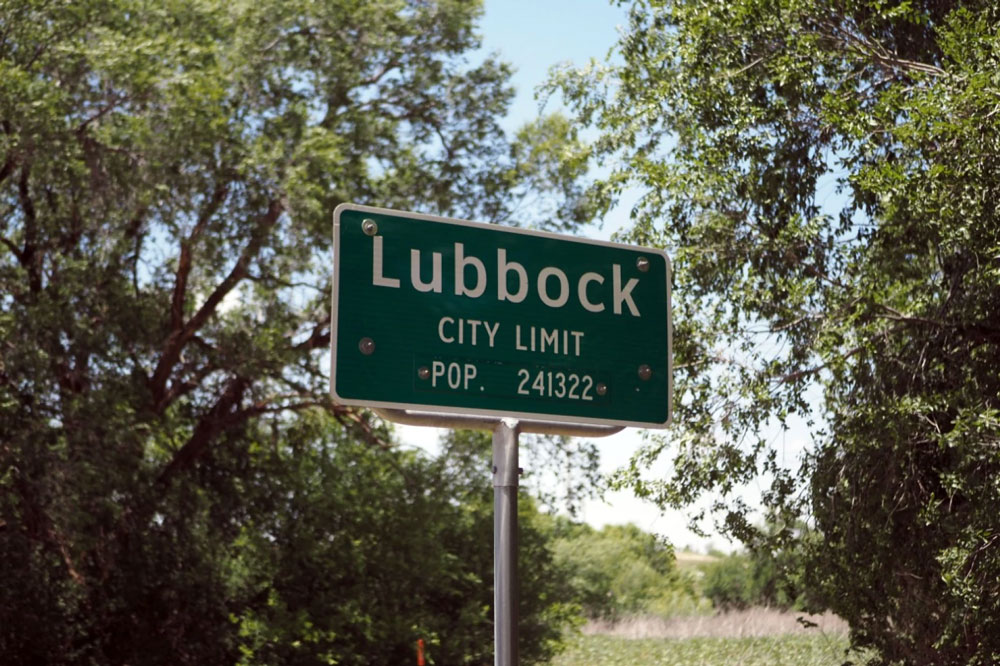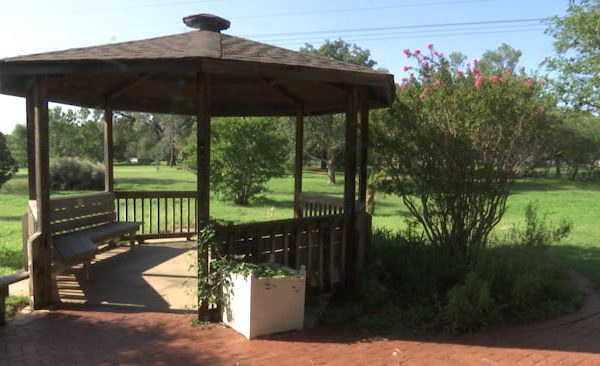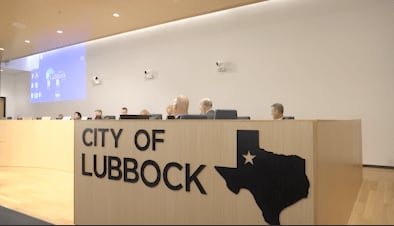A recent analysis by data outlet FinanceBuzz aimed to track the growth (or decline) of several U.S. metros from 2019 through the end of 2022. To do this, FinanceBuzz analysts looked at cities that had populations of 200,000 or more as of 2019 and then weighed a variety of factors, including population growth/decline, unemployment, income, percentage of vacant homes, and number of residents with collections debt.
All-in-all, 117 U.S. cities were ranked on a 100-point scale, with “high” scores meaning a greater scale of decline. These are the top 10 fastest-declining in Texas.
Fastest declining cities
- Corpus Christi — Population change: -3.17%. The seaside city received an overall Decline Score of 64.9, with an unemployment change of -0.60%, home value growth rate of -32.4% and 46% of residents with debt in collections.
- Laredo — Population change: -2.40%. Decline Score: 62.2.
- San Antonio — Population change: -4.80%. Decline Score: 61.3.
- Lubbock — Population change: 1.96%. While Lubbock’s population change wasn’t in the negative, its high volume of vacant housing (8.2%) and negative change in home value growth (-12.9%) dragged its score down. Decline Score: 61.2.
- Houston — Population change: -0.75%. For such a large city, overall numbers aren’t terrible for Houston. One factor affecting its score, however, is a -8.5% change in per capita income compared to other cities. Decline Score: 57.5.
- El Paso — Population change: -0.63%. Decline Score: 57.2.
- Dallas — Population change: -3.28%. Dallas’ population change is one of the steepest among all of the Texas cities on this list, though many other factors help balance out its final placement. Decline Score: 54.1.
- Plano — Population change: 0.65%. Decline Score: 50.5.
- Arlington — Population change: -1.07%. Arlington’s per capita income change is among the most dramatic of the Texas cities on this list, with a -35.5% change compared to other cities. Decline Score: 48.9.
- Fort Worth — Population change: 5.18%. Decline Score: 45.7.
For more detailed information on these cities’ stats, visit FinanceBuzz.
It’s important to note that while these are Texas’ top 10 declining cities, none of the above were in the top 10 of the full list. Corpus Christi, which is listed first above, is actually the U.S.’ 12th fastest declining city overall. It is, however, the first Texas city to appear on the list from the top.
As far as fastest-declining cities go, the majority of FinanceBuzz’s top 10 is dominated by many of the U.S.’ biggest cities.
There will be few surprised to learn that San Francisco ranked no. 1, with a 2019-22 population change of -8.29% and a home value growth rate that’s nearly 73% slower than the national average. The City by the Bay received a total Decline Score of 73.9 (the highest) and is followed by New Orleans, New York City, Boston and more.
The indicated decline of the above Texas cities shouldn’t imply there aren’t many Lone Star State metros thriving. In fact, a Texas city was named the no. 1 fastest-rising overall by FinanceBuzz.
Frisco, located outside Dallas, is noted for its housing demand and increased population. According to the list, the north Texas city had a 9.5% population increase since 2019 with only a small portion (3.5%) of existing homes remaining vacant. Frisco was also noted by financial tech company SmartAsset in a recent list of fastest-growing U.S. cities with populations over 100,000.
Over the five-year period SmartAsset analyzed, Frisco saw a population growth of 23.9% and was ranked eighth nationwide.



